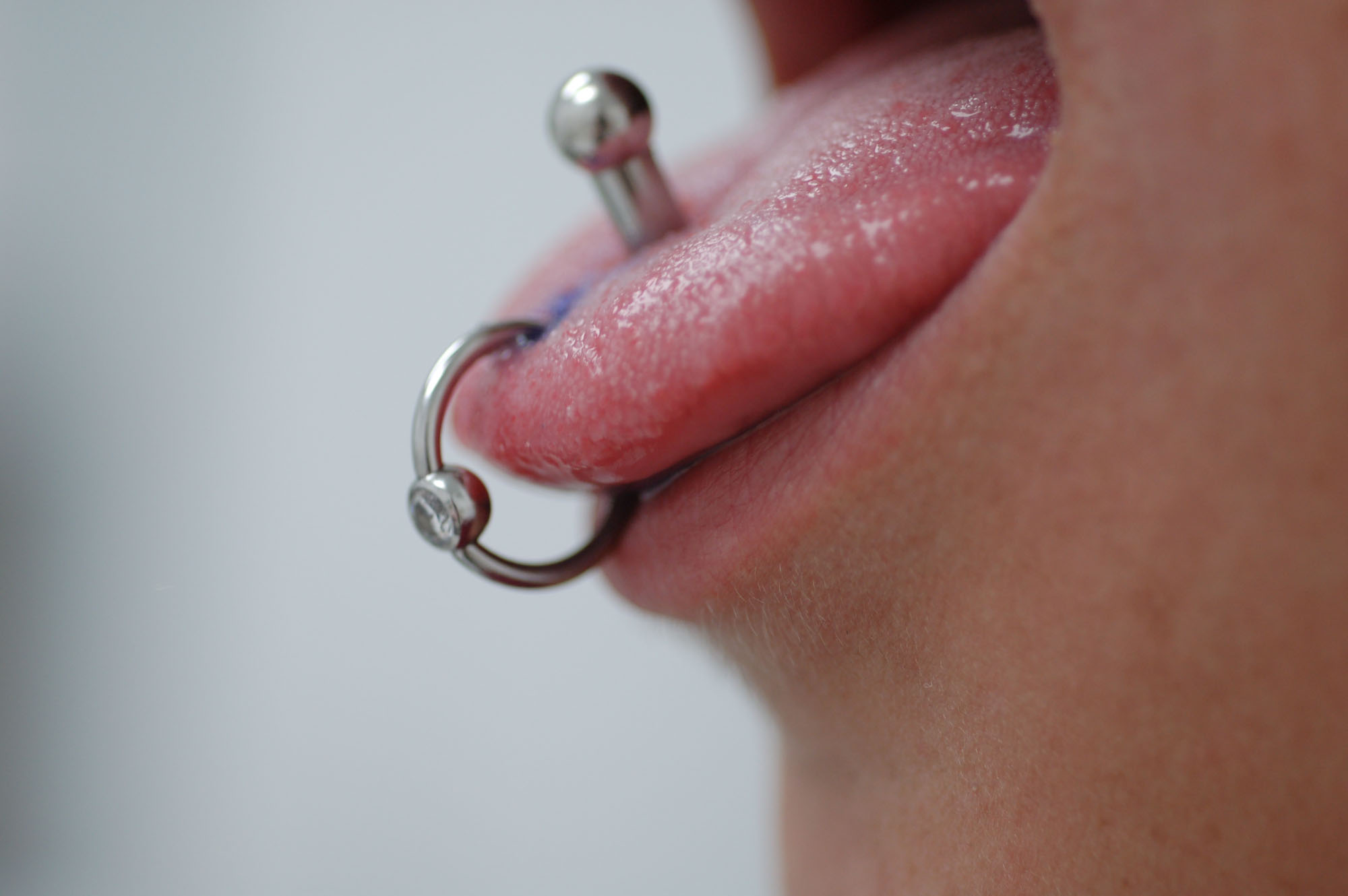In basic terms, body modification is when an individual deliberately alters their physical appearance. It’s a term typically applied to practices such as tattooing, or surgery, or branding or piercings. These styles aren’t anything new, people have modified their body for centuries for beauty, status, rebellion, and simply just individuality.
Body modification is a way for people to change things about themselves or add things to themselves to express themselves. Sociologists R.W.B. Scutt and Christopher Gotch discuss a range of reasons in their book Art, Sex, and Symbol. There's camouflaging an unclothed body when hunting; securing a place in heaven; marking a life event such as puberty or pregnancy; achieving personal or group identity (e.g. bikers); terrorizing the enemy in battle; or expressing a sentiment (e.g. love). There are several reasons why someone modifies their body and it’s a very personal reason.
In particular, tattoos and piercings are the two most mainstream styles and are trending in today’s society. A Pew Research Center Survey, “Millennials A Portrait Of Generation Next; Confident. Connected. Open to Change” discusses statistics on the millennial generation including statistics on tattoos and piercings.
Tattoos are permanent decorations or artwork fixed upon the body by inserting pigment under the skin. These are permanent pieces of work on the body that range in style depending on the client and the tattoo artist. According to the survey, 38% of millennials have a tattoo.
For some of those people, a single tattoo isn’t enough, 31% of millennials with tattoos only have one. Though half of those have between two and five tattoos, and 18% of them have six or more. Other generations do share the love of tattoos but not to the same extent including Generation x (32%), baby boomers (15%) and silent (6%). Among adults ages 30 and older who have tattoos, nearly half (47%) have one. Only 9% say they have six or more tattoos.
However, there is still a taboo of having tattoos and many choose to hide them when they’re out. When asked if their tattoos are usually visible, the clear majority (72%) say that they are not. Among those with at least one tattoo, 70% of Millennials and 73% of those ages 30 and older say their tattoos are not usually visible. Men (23%) are more likely to have their tattoos visible as compared to women (13%).
Beyond tattoos, many millennials choose piercings to alter their appearance. Piercings, as we know, are small holes in a part of the body, where a ring or stud or another piece of jewelry is inserted. Nearly 1 in 4 Millennials (23%) have a piercing in a location other than an earlobe. Millennials lead in this category. One-in-ten Gen Xers (9%) have a piercing somewhere other than an earlobe, and among those ages 45 and older, only 1% has one. Young women under the age of 30 (35%) are much more likely than young men (11%) to have a body piercing.

